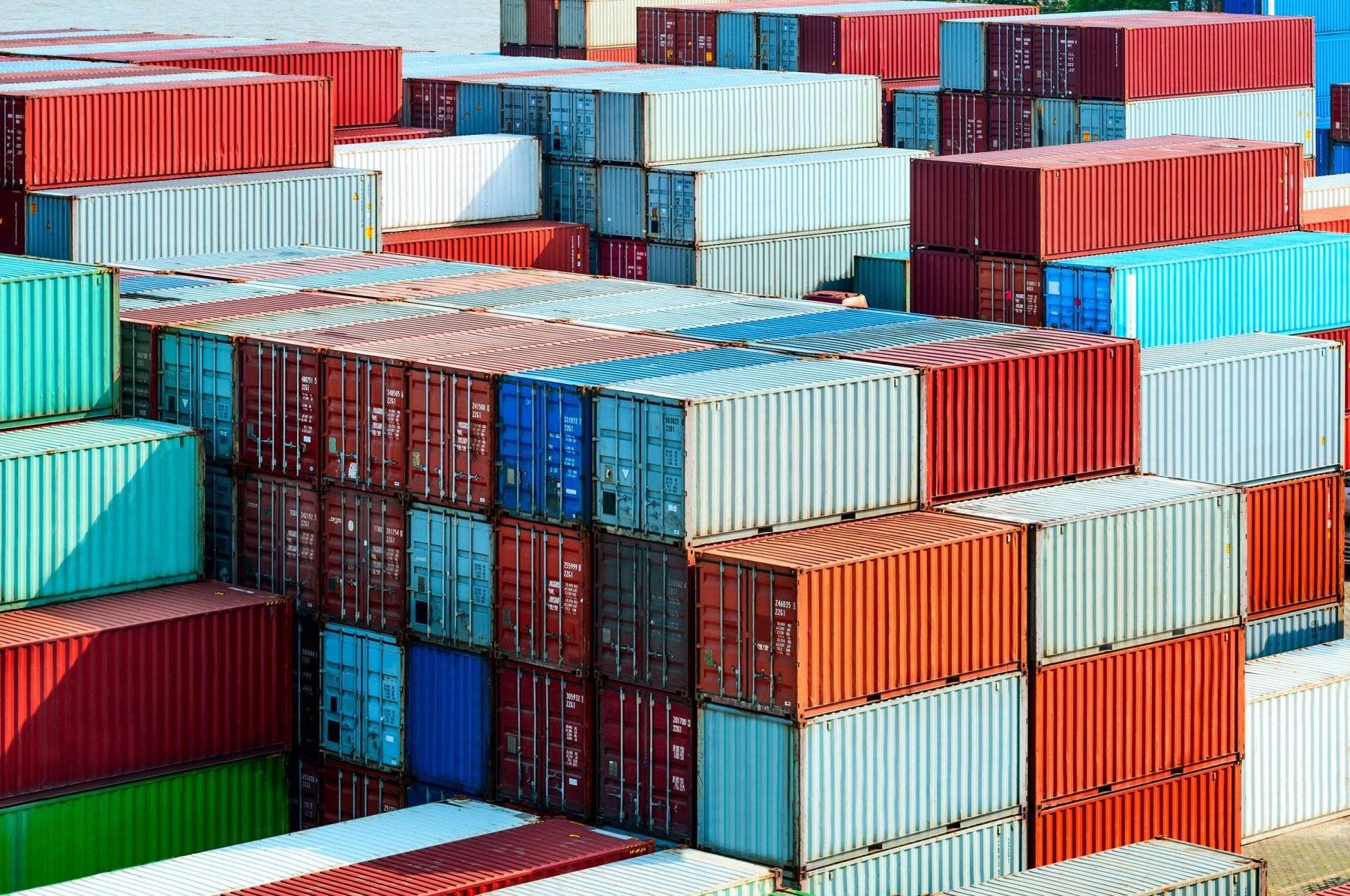In the past few years, the freight industry has witnessed an interesting trend, with rates spiraling downward due to a surplus of shipping offers and a decline in demand. The pandemic's lasting effects have made shipping rates even more unstable. Notably, the rates on Indian intra-Asia trade lanes have plummeted to as low as USD 1 per TEU for specific routes (for example, from Nhava Sheva to Port Kelang).
The decrease in rates can be attributed to the oversupply of carriers and weakened demand for shipping services, necessitating a deeper exploration of these underlying factors. What's more, sometimes the rates go even below zero, meaning that carriers are willing to pay extra for the use of their services by shippers. This is how negative rates appear, which we will explore in detail in this article.
Defining Negative Freight Rates
A negative freight rate is a special case where carriers pay shippers for using their services. This can happen due to various reasons, including negative revenue, supply-demand disbalancing, carrier overcharges, etc. One of the most notable examples of negative rates is shipping from the US to China. There are currently many offers at -100 USD per TEU and even lower.
Factors contributing to negative freight costs
Understanding the factors that contribute to negative freight costs is crucial for effectively managing logistics expenses and optimizing supply chain operations:
- Surplus Capacity. A surplus of capacity in ocean freight shipping followed the initial increase in freight prices due to COVID-19, which lowered prices.
- Supply and Demand. In a demand-supply-driven industry, an increase in supply and a drop in demand necessitated rate reductions. In some cases, containers had to be moved to collect terminal handling charges.
- Minimal or Negative Revenue. Despite nominal invoicing, the rates offered to shippers barely cover operational expenses, resulting in minimal or even negative revenue for carriers. These can be considered as 'pseudo-earnings.'
- Billing Errors. Mistakes in freight billing, such as inaccurate weight calculations, incorrect freight class assignment, or errors in fuel surcharges, can lead to overcharges, resulting in negative freight costs.
In essence, the negative freight pricing strategy serves as more of an equipment repositioning tactic than a traditional pricing approach. Storing empty containers is a costly affair, especially in seaports like Dubai, where private container yards for storage are scarce, and port storage costs can be more than $30 for a TEU daily after the allocated free time.

Impact on the Shipping Industry
While negative freight rates may help larger shipping companies safeguard their market shares, they can wreak havoc for smaller players, particularly Non-Vessel Operating Common Carriers (NVOCCs) and freight forwarders, who struggle to generate revenue amidst such unconventional pricing dynamics.
Conclusion
In conclusion, the freight industry is undergoing a significant change, with rates falling due to oversupply and declining demand, amplified by the pandemic's impact. This has given rise to negative freight costs, where shippers receive compensation exceeding transportation charges due to various factors, including billing errors. Larger shipping companies may benefit, but smaller players face challenges in generating revenue amidst these unconventional pricing dynamics. Adaptation and agility are key as the industry evolves in response to these changing dynamics.
Reach out to us at [email protected] for assistance in achieving flexibility and sustainability in your business processes.

